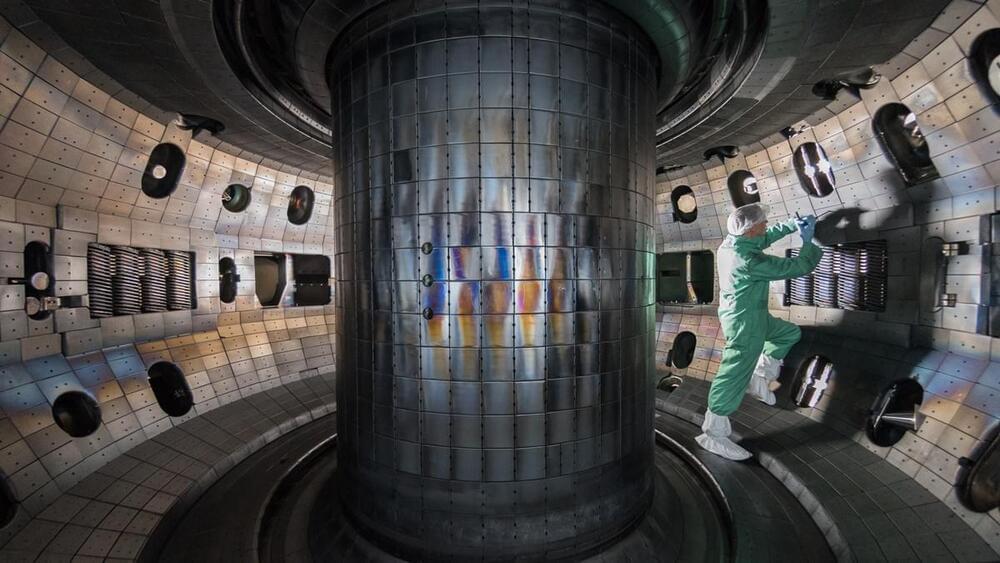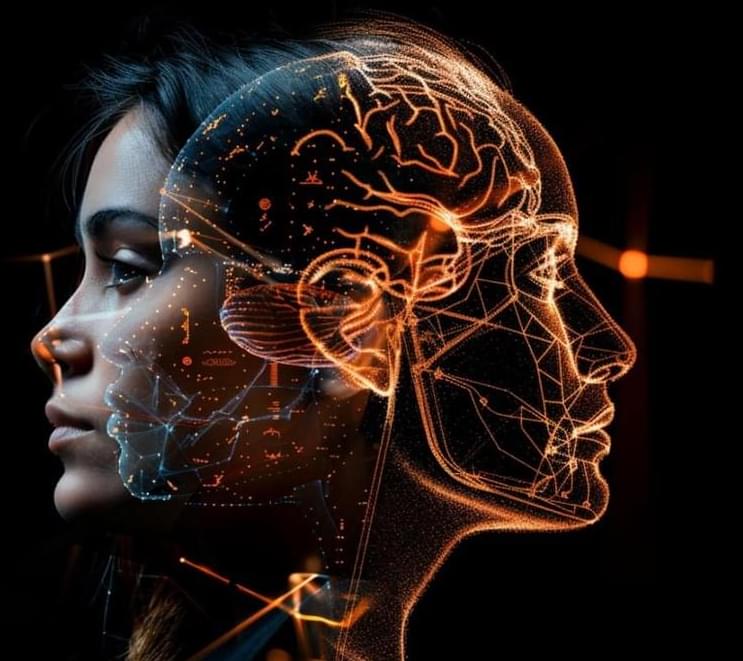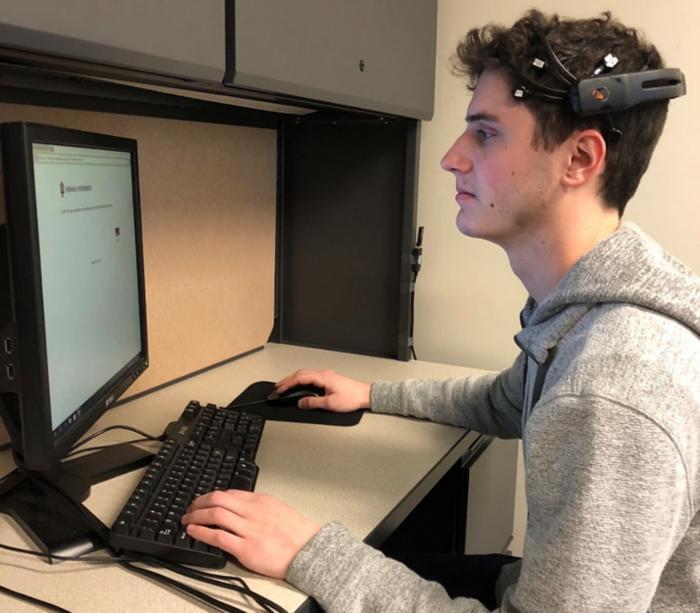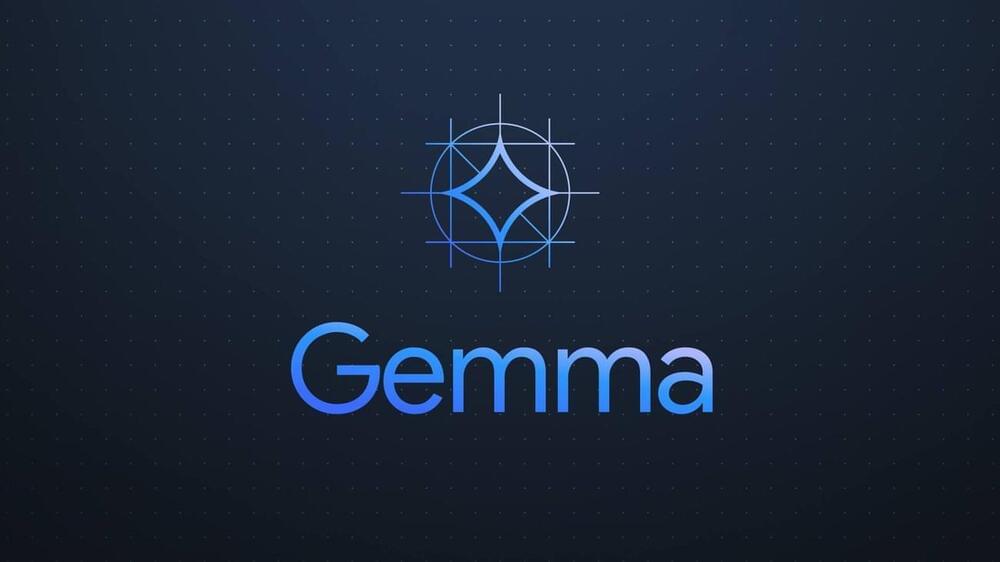Princeton researchers report that a new AI model has solved one of the major roadblocks to generating fusion energy.




Summary: Researchers developed an artificial intelligence model that accurately determines the sex of individuals based on brain scans, with over 90% success. This breakthrough supports the theory that significant sex differences in brain organization exist, challenging long-standing controversies.
The AI model focused on dynamic MRI scans, identifying specific brain networks—such as the default mode, striatum, and limbic networks—as critical in distinguishing male from female brains.
This research not only deepens our understanding of brain development and aging but also opens new avenues for addressing sex-specific vulnerabilities in psychiatric and neurological disorders.

Explore the fascinating world of Artificial Intelligence (AI) in this insightful video from Code Institute’s Programme Director, Brian O’Grady, as he delves into the realms of Narrow AI, General AI, and the intriguing concept of Artificial Superintelligence. Discover the evolution of AI from narrow applications like chatbots and image recognition to the broader capabilities of General AI, which mimics human cognitive functions across multiple domains. Join us in understanding the theoretical challenges and possibilities presented by General AI, including its potential to transcend human limitations. The spotlight is on ChatGPT, a language transformer that steps into the realm of General AI, showcasing its ability to synthesize knowledge across various domains and navigate the ambiguity of human language. Dive into the discussion on the probabilities and learning processes associated with language models, bringing us closer to the realm of true AI. The video also touches on the theoretical concept of Artificial Superintelligence, a level of AI that surpasses human intelligence across all aspects. While we may be far from achieving this level of AI, the ongoing advancements in technologies like quantum computing suggest an exciting future. Join us on this journey through the AI landscape, understanding the present and envisioning the possibilities that lie ahead.

Tony Czarnecki, Sustensis
London 1/12/2023
Image generated by DALL-E
For an average person, just the term Artificial Intelligence (AI) may be quite confusing, as it seems to cover all aspects of what seems to be ‘unnatural’. It may start in difficulty to differentiate between Information Technology (IT) and AI.

If electronics tried selling themselves by speaking to you, would you have a greater urge to buy them? This is what a recent study published in Decision Support Systems hopes to address as a research duo investigated how artificial intelligence (AI) could be used as a productive marketing and retail tool for selling their products. This study holds the potential to help researchers, businesses, and consumers better understand how AI can be sold using anthromorphism (possessing human attributes).
“Companies have long used cartoon-like characters to sell products. We are familiar with the ‘M&M spokescandies’, for example,” said Dr. Alan Dennis, who is a Professor of Information Systems in the Kelley School of Business at Indiana University and co-author on the study. “But adding human features to a product can be a powerful way to influence consumers’ perceptions and decision making, because it can trigger anthromorphism.”
For the study, the researchers enlisted approximately 50 undergraduate students and asked them to pretend they were new master’s degree students who needed a new television, camera, or laptop for their studies. Using an eBay-style auction website, the students then bid on the products after watching a two-minute video exhibiting a speaker with human attributes which described the product. The goal of the study was to ascertain how much the students were willing to bid on the products with the video compared to products without, all while using an Emotiv EPOC EEG headset to gather data on their brain activity.



Gemma 2B and Gemma 7B are smaller open-source AI models for language tasks in English.
Google has released Gemma 2B and 7B, a pair of open-source AI models that let developers use the research that went into its flagship Gemini more freely.
Gemma is a family of lightweight, state-of-the art open models built from the same research and technology used to create the Gemini models.